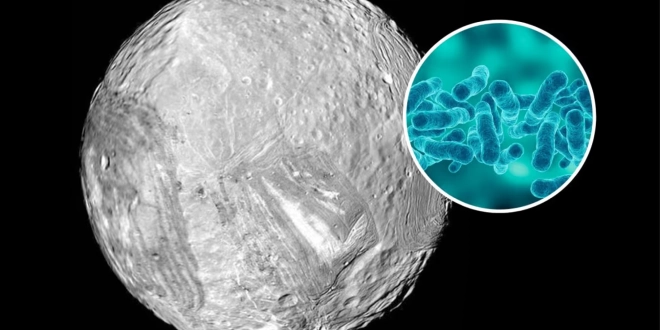A recent study suggests that one of Uranus’s moons, Miranda, may contain natural resources that could potentially support extraterrestrial life. Researchers from Johns Hopkins University and the University of North Dakota found that hidden beneath Miranda’s surface, there may be sources of water.
This discovery could represent a significant advancement in humanity’s search for alien life. Planetary scientist Tom Nordheim explained that the possibility of an ocean within a small moon like Miranda was unexpected.
He noted that this finding contributes to the notion that several of Uranus’s moons might host oceanic environments, an exciting and unusual prospect given the planet’s distance from Earth. This study, published in *The Planetary Science Journal*, further supports the idea that Uranus could have multiple ocean worlds in its orbit.
This research builds on earlier NASA investigations into Uranus’s other moons—Ariel, Umbriel, Titania, and Oberon—which examined deep, water-filled canyons for potential signs of biological activity. Researcher Sherry Fieber-Beyer explained that these insights enhance our understanding of the solar system’s formation and how the movements of giant planets influenced the development of moons and asteroids.
Using images captured by the Voyager 2 probe in 1986, the researchers re-examined Miranda’s unique terrain, with its grooved, rugged landscape in the southern hemisphere, to determine whether tidal forces and heat interactions shaped it.
Researcher Caleb Strom highlighted that this study sheds light on what makes an icy moon suitable to be an ocean world, which is vital for assessing the habitability of other icy moons in the outer solar system. He noted that while there isn’t yet enough information to confirm life on Uranus’s moons, identifying the factors that could lead to subsurface oceans is a critical step in exploring their potential habitability.
Scientists believe Miranda might have harbored an ocean beneath its icy crust between 100 and 500 million years ago, likely formed due to gravitational interactions with Uranus’s other moons. Strom remarked that this finding was a surprise for the team, but Nordheim added that confirming the presence of an ocean would require more data from future missions.


